About
The Cornell Phonetics Lab is a group of students and faculty who are curious about speech. We study patterns in speech — in both movement and sound. We do a variety research — experiments, fieldwork, and corpus studies. We test theories and build models of the mechanisms that create patterns. Learn more about our Research. See below for information on our events and our facilities.

Upcoming Events

16th October 2024 12:20 PM
PhonDAWG - Phonetics Lab Data Analysis Working Group
Chloe will lead a discussion of this paper by Dr. Abby Cohn and Dr. Margaret Renwick:
Abstract:
We pursue the idea, implicit in much current phonological research, that understanding the multiple factors that shape speech production and perception is within the purview of phonology. In particular, increased access to naturalistic data has highlighted the multidimensional reality of variation in spoken language.
At the same time, longstanding methods of doing phonology – including impressionistic analysis, and laboratory and experimental studies – remain crucial to understanding native speaker competence and grammar.
We advocate for an expanded methodological toolbox in phonological analysis, using an iterative approach that crucially includes naturalistic corpus data. Integrating across multiple data sources offers fuller insight into the nature of the phonological system and native speaker-hearer ability.
Several case studies highlight findings gained through linked, iterative studies, showing the importance of naturalistic data for a richer understanding of phonological phenomena, and leading us to reflect on desiderata for corpora to reveal speaker-specific patterns in fine phonetic detail and variability, which we argue are part of a speaker-hearer’s phonological competence.
Phonological analysis that embraces the full spectrum of variation in spoken language data (from categorical to gradient, and systematic to sporadic) contributes to a deeper understanding of phonology in this richer sense.
Location: B11 Morrill Hall, 159 Central Avenue, Morrill Hall, Ithaca, NY 14853-4701, USA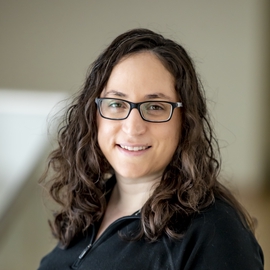
18th October 2024 11:15 AM
C.Psyd talk: Losing bits and finding meaning: Efficient compression shapes meaning in language
This week in Computational Psycholinguistic Discussions (C.Psyd), we're excited to host a virtual invited speaker - NYU Assistant Professor of Psychology Dr. Noga Zaslavsky
The talk will be on zoom, but we'll stream to B07 as well. Talk details below. See Marty for the Zoom link.
Abstract:
Our world is extremely complex, and yet we are able to exchange our thoughts and beliefs about it using a relatively small number of words. What computational principles can explain this extraordinary ability?
In this talk, I argue that in order to communicate and reason about meaning, both humans and machines must efficiently compress their representations of the world.
In support of this claim, I present a series of studies showing that:
(1) languages evolve under pressure to efficiently compress meanings into words;
(2) the same principle can help reverse-engineer the visual representations that underlie human semantic systems;
(3) efficient compression may also explain how meaning is constructed in real time, as interlocutors reason pragmatically about each other;
(4) these findings offer a new framework for studying how language may emerge in artificial agents without relying on human-generated training data.
This body of research suggests that efficient compression underlies meaning in language and offers a cognitively-motivated approach to emergent communication in multi-agent systems.
Bio:
Dr. Noga Zaslavsky is an assistant professor of psychology at NYU. Her research aims to understand language, learning, and reasoning from first principles, building on ideas and methods from machine learning and information theory.
She's particularly interested in finding computational principles that explain:
-how we use language to represent the environment;
-how this representation can be learned in humans and in artificial neural networks;
-how it interacts with other cognitive functions, such as perception, action, social reasoning, and decision making;
-how it evolves over time and adapts to changing environments and social needs.
Location: B07 Morrill Hall, 159 Central Avenue, Morrill Hall, Ithaca, NY 14853-4701, USA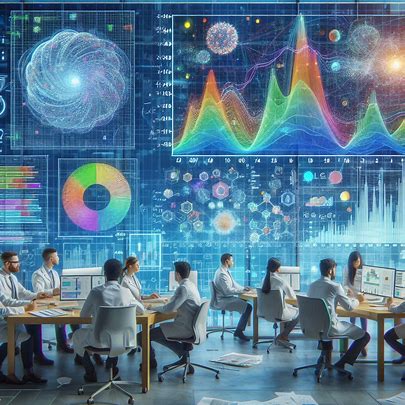
18th October 2024 12:20 PM
Phonetics Lab Meeting
Sam will discuss Multi-Dimensional Scaling - a data dimensionality reduction method.
Location: B11 Morrill Hall, 159 Central Avenue, Morrill Hall, Ithaca, NY 14853-4701, USA
20th October 2024 09:30 AM
Phonetics Lab Fall Hike
We'll meet at Fillmore Glen State Park at 9:30 (carpooling), hike for a couple hours (rain or shine), and then have lunch afterwards at the Crossroads Bar & Grille, Lansing NY
Location: Fillmore Glen State Park
Facilities
The Cornell Phonetics Laboratory (CPL) provides an integrated environment for the experimental study of speech and language, including its production, perception, and acquisition.
Located in Morrill Hall, the laboratory consists of six adjacent rooms and covers about 1,600 square feet. Its facilities include a variety of hardware and software for analyzing and editing speech, for running experiments, for synthesizing speech, and for developing and testing phonetic, phonological, and psycholinguistic models.
Web-Based Phonetics and Phonology Experiments with LabVanced
The Phonetics Lab licenses the LabVanced software for designing and conducting web-based experiments.
Labvanced has particular value for phonetics and phonology experiments because of its:
- *Flexible audio/video recording capabilities and online eye-tracking.
- *Presentation of any kind of stimuli, including audio and video
- *Highly accurate response time measurement
- *Researchers can interactively build experiments with LabVanced's graphical task builder, without having to write any code.
Students and Faculty are currently using LabVanced to design web experiments involving eye-tracking, audio recording, and perception studies.
Subjects are recruited via several online systems:
- * Prolific and Amazon Mechanical Turk - subjects for web-based experiments.
- * Sona Systems - Cornell subjects for for LabVanced experiments conducted in the Phonetics Lab's Sound Booth

Computing Resources
The Phonetics Lab maintains two Linux servers that are located in the Rhodes Hall server farm:
- Lingual - This Ubuntu Linux web server hosts the Phonetics Lab Drupal websites, along with a number of event and faculty/grad student HTML/CSS websites.
- Uvular - This Ubuntu Linux dual-processor, 24-core, two GPU server is the computational workhorse for the Phonetics lab, and is primarily used for deep-learning projects.
In addition to the Phonetics Lab servers, students can request access to additional computing resources of the Computational Linguistics lab:
- *Badjak - a Linux GPU-based compute server with eight NVIDIA GeForce RTX 2080Ti GPUs
- *Compute server #2 - a Linux GPU-based compute server with eight NVIDIA A5000 GPUs
- *Oelek - a Linux NFS storage server that supports Badjak.
These servers, in turn, are nodes in the G2 Computing Cluster, which currently consists of 195 servers (82 CPU-only servers and 113 GPU servers) consisting of ~7400 CPU cores and 698 GPUs.
The G2 Cluster uses the SLURM Workload Manager for submitting batch jobs that can run on any available server or GPU on any cluster node.
Articulate Instruments - Micro Speech Research Ultrasound System
We use this Articulate Instruments Micro Speech Research Ultrasound System to investigate how fine-grained variation in speech articulation connects to phonological structure.
The ultrasound system is portable and non-invasive, making it ideal for collecting articulatory data in the field.
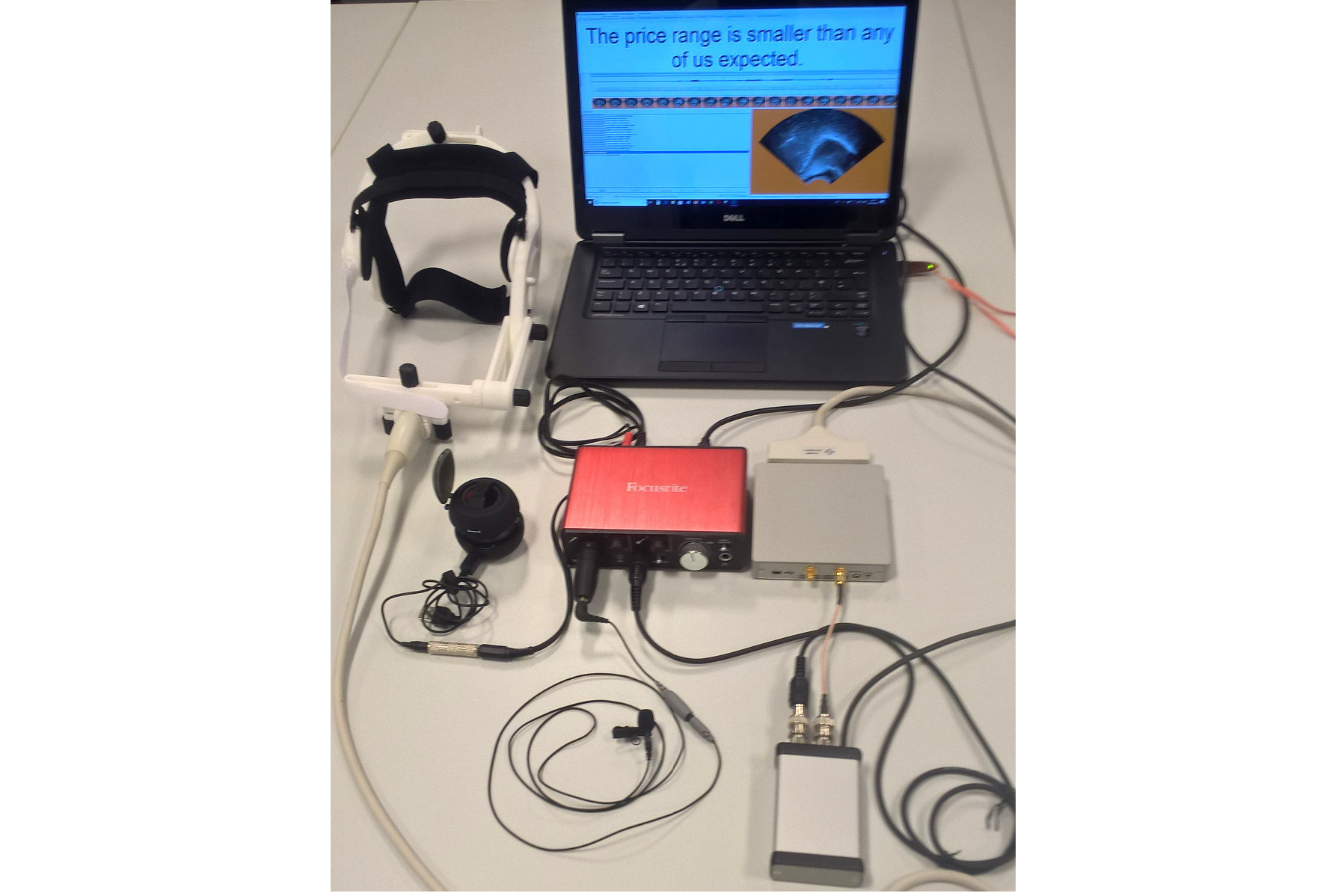
BIOPAC MP-160 System
The Sound Booth Laboratory has a BIOPAC MP-160 system for physiological data collection. This system supports two BIOPAC Respiratory Effort Transducers and their associated interface modules.

Language Corpora
- The Cornell Linguistics Department has more than 915 language corpora from the Linguistic Data Consortium (LDC), consisting of high-quality text, audio, and video corpora in more than 60 languages. In addition, we receive three to four new language corpora per month under an LDC license maintained by the Cornell Library.
- This Linguistic Department web page lists all our holdings, as well as our licensed non-LDC corpora.
- These and other corpora are available to Cornell students, staff, faculty, post-docs, and visiting scholars for research in the broad area of "natural language processing", which of course includes all ongoing Phonetics Lab research activities.
- This Confluence wiki page - only available to Cornell faculty & students - outlines the corpora access procedures for faculty supervised research.

Speech Aerodynamics
Studies of the aerodynamics of speech production are conducted with our Glottal Enterprises oral and nasal airflow and pressure transducers.
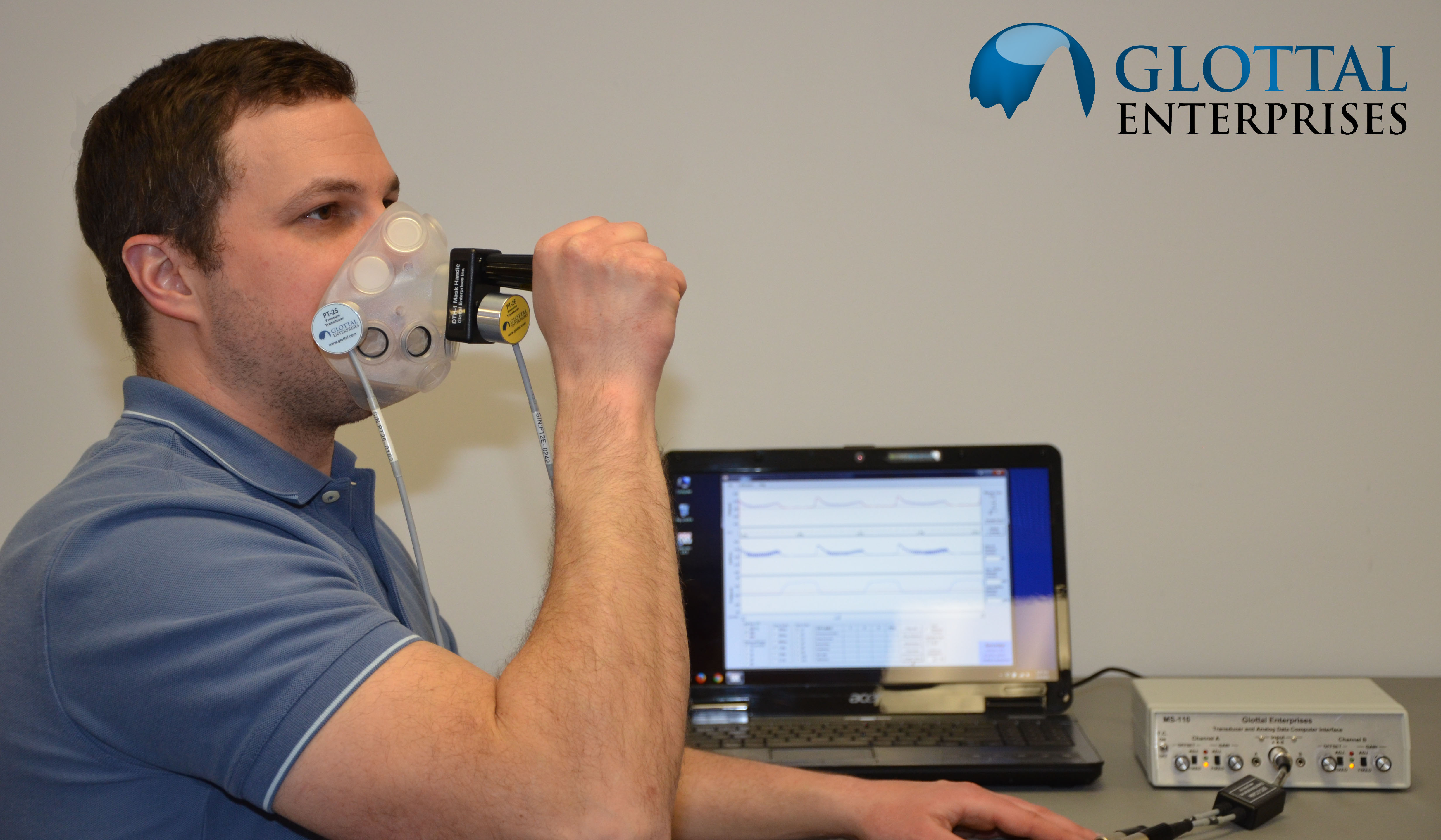
Electroglottography
We use a Glottal Enterprises EG-2 electroglottograph for noninvasive measurement of vocal fold vibration.
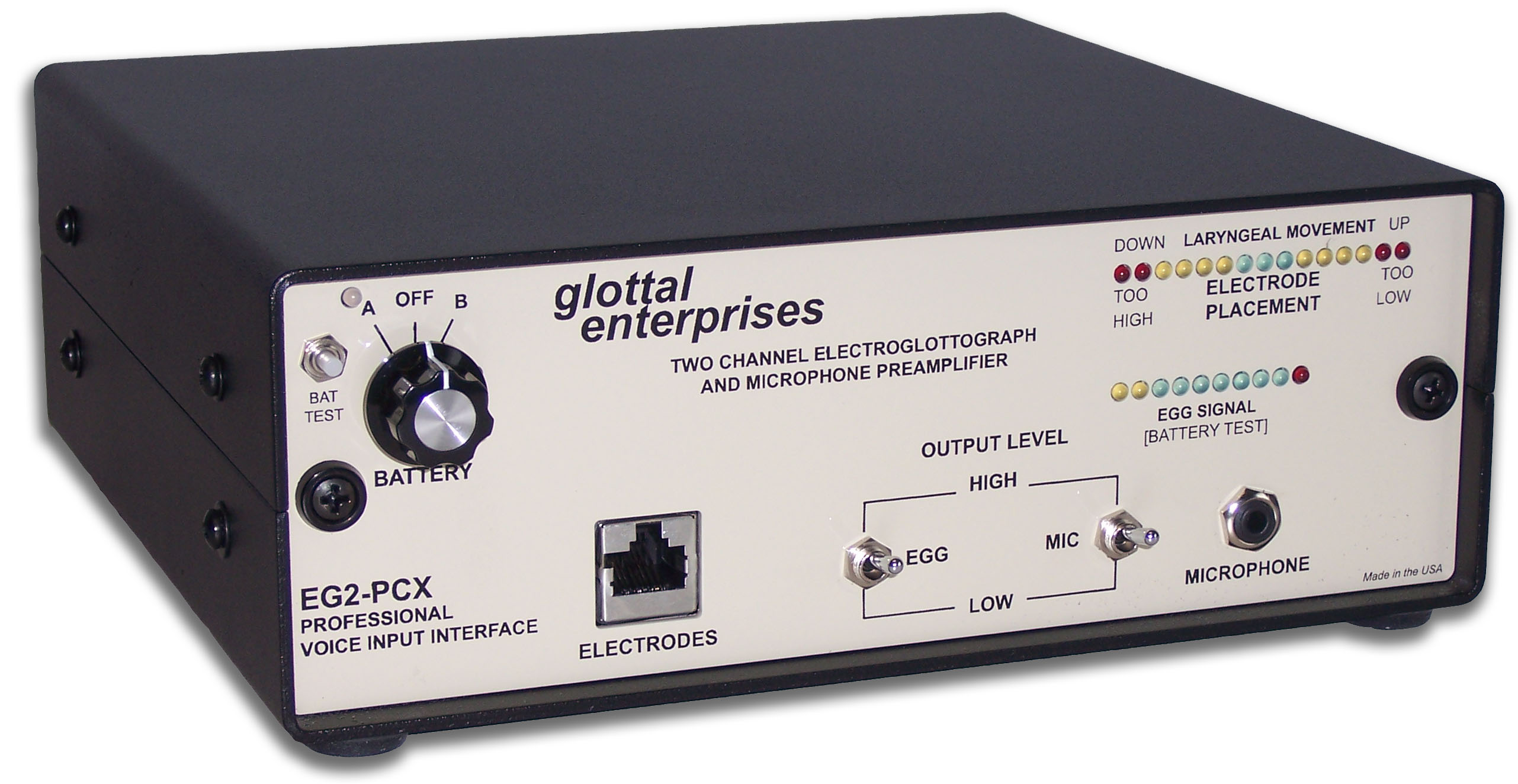
Real-time vocal tract MRI
Our lab is part of the Cornell Speech Imaging Group (SIG), a cross-disciplinary team of researchers using real-time magnetic resonance imaging to study the dynamics of speech articulation.
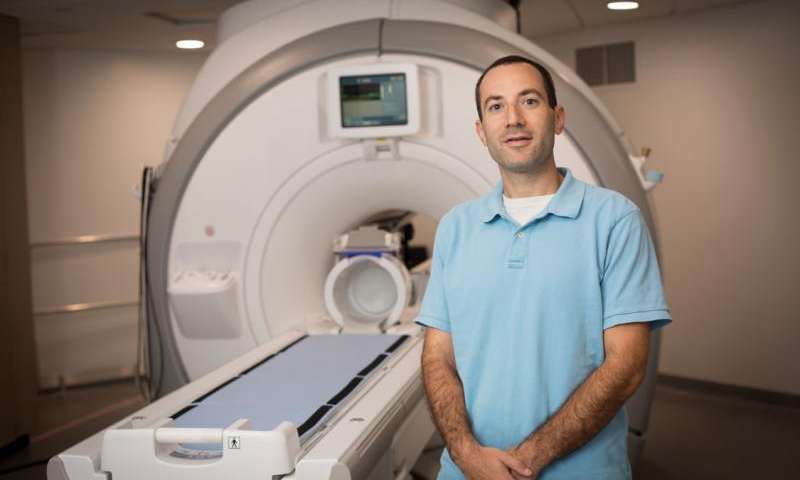
Articulatory movement tracking
We use the Northern Digital Inc. Wave motion-capture system to study speech articulatory patterns and motor control.
Sound Booth
Our isolated sound recording booth serves a range of purposes--from basic recording to perceptual, psycholinguistic, and ultrasonic experimentation.
We also have the necessary software and audio interfaces to perform low latency real-time auditory feedback experiments via MATLAB and Audapter.

